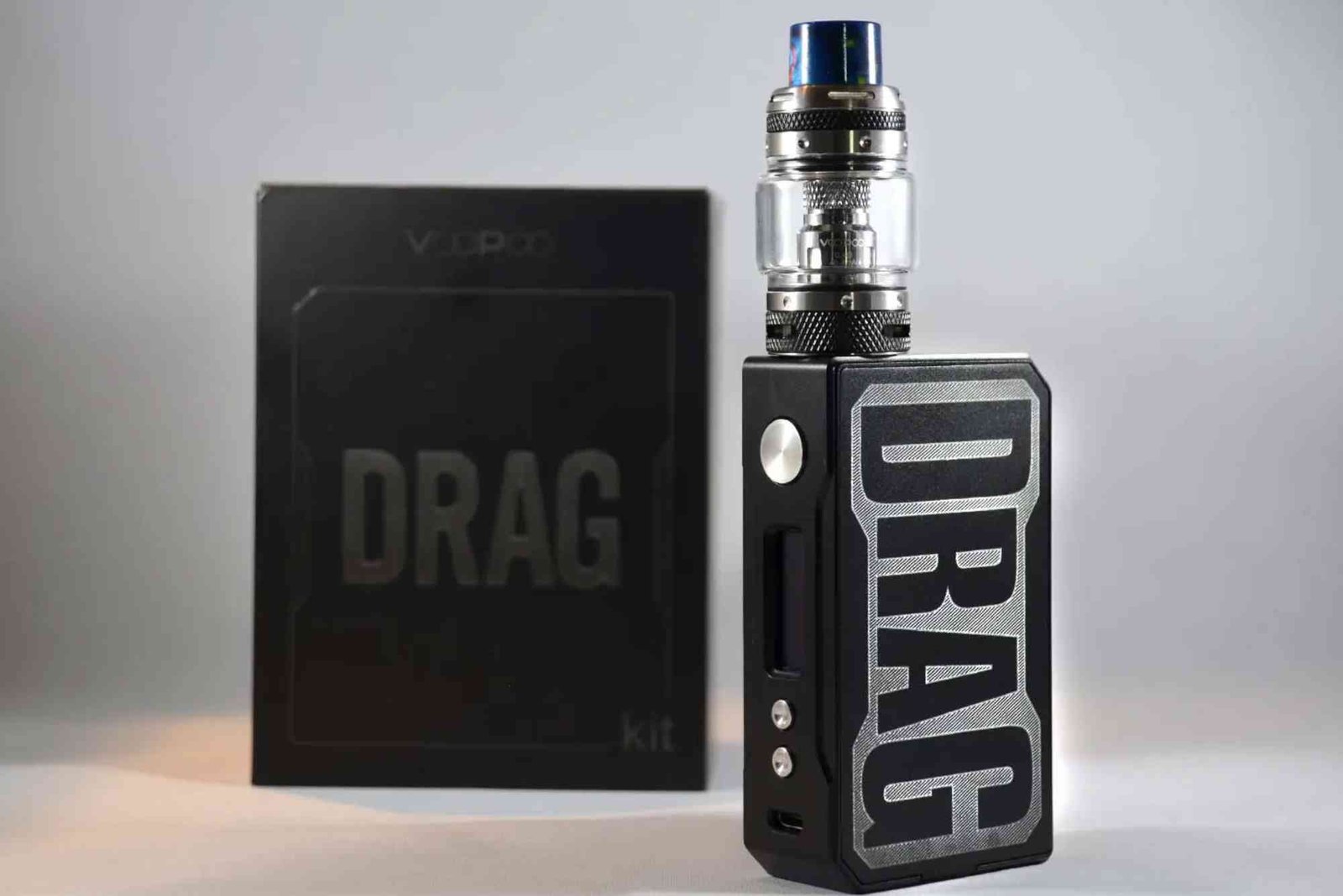Generic marketing is no longer sufficient in the current digital environment, which is both highly competitive and hyper-connected. Customers expect personalized, relevant interactions with the brands they engage with—and they’re quick to disengage when those expectations aren’t met. One of the most effective ways to meet and exceed these expectations is through the use of smart customer segmentation techniques.
Dividing your audience into smaller groups according to shared traits is known as customer segmentation. When done correctly, it allows businesses to deliver highly targeted messaging, offers, and experiences that resonate more deeply with each segment. This increases customer lifetime value and conversion rates while also enhancing engagement and satisfaction.
Let’s explore how smart segmentation can help you tailor experiences and strengthen relationships throughout the customer lifecycle.
What Is Smart Customer Segmentation?
Behavioural, psychographic, geographic, and real-time data are all incorporated into smart segmentation, which differs from traditional segmentation, which may rely merely on basic demographics. It’s about moving beyond “who they are” to understand “what they do,” “what they care about,” and “where they are in the journey.”
This deeper insight helps brands shift from broad messaging to individualized experiences. It’s not about creating hundreds of one-to-one campaigns, but about grouping customers strategically so each segment receives content and offers that feel personalized and timely.
The Benefits Of Segmentation-Driven Experiences
Smart segmentation benefits both customers and businesses. For customers, it means receiving content that’s relevant to their interests, lifestyle, or buying stage. For businesses, it means more efficient marketing spend, improved ROI, and stronger brand loyalty.
Some key benefits include:
- Higher engagement from content that speaks directly to customer needs.
- Better conversion rates due to targeted calls-to-action and offers.
- Reduced churn through timely communication based on user behavior.
- Increased revenue as a result of more effective upselling and cross-selling.
Ultimately, segmentation empowers businesses to treat customers as individuals, not just numbers.
Key Segmentation Criteria To Consider
To tailor experiences effectively, it’s important to segment customers based on criteria that align with your goals. Here are some of the most effective segmentation dimensions:
Demographics: Age, gender, income level, education, occupation.
Geographics: Location, climate, urban and rural, local trends.
Behavioral: Purchase history, website activity, content engagement, frequency of interactions.
Psychographics: Lifestyle, values, personality, interests.
Lifecycle Stage: New leads, active customers, repeat buyers, lapsed users.
Combining two or more criteria results in even more precise targeting. For instance, targeting repeat buyers in urban areas interested in sustainability gives you a very specific and actionable group.
Using Technology For Smarter Segmentation
Modern marketing tools make segmentation more accessible than ever. Businesses can track user behavior, segment consumers in real time, and initiate activities based on predefined rules with the use of CRM systems, marketing automation platforms, and customer data platforms (CDPs).
For example, an ecommerce brand can create automated workflows that send personalized product recommendations to customers who have viewed certain items but haven’t purchased. Or a saas company might segment trial users by feature usage to tailor onboarding emails more effectively.
Machine learning and predictive analytics also enhance segmentation by identifying patterns that human marketers might miss, helping you anticipate customer needs before they arise.
Creating Tailored Experiences Across Channels
Segmentation isn’t just for email marketing. It should inform your entire customer experience across all touchpoints—website content, digital ads, SMS, social media, and even customer service interactions.
For instance:
- Serve different homepage content to first-time visitors and returning customers.
- Customize ad creatives based on user segments’ past interactions.
- Equip sales or support teams with segmented insights to offer more relevant assistance.
The objective is to provide a smooth, customized experience for customers, no matter how or where they engage with your company.
Testing And Optimizing Segments Over Time
Segmentation is not a set-it-and-forget-it process. Customer behaviors and preferences change, and your segments should evolve along with them. Regularly analyze performance metrics for each segment to identify what’s working and where adjustments are needed.
A/B testing across segments can also reveal new insights—for example, whether a particular message resonates more with one group than another. Use this feedback to refine your targeting and enhance personalization efforts continuously.
Final Thoughts
In a digital environment that anticipates personalisation, intelligent consumer segmentation is no longer an option; it is an absolute necessity. Developing a better understanding of your audience and designing experiences for them will increase engagement and foster long-term revenue development, loyalty, and trust.




